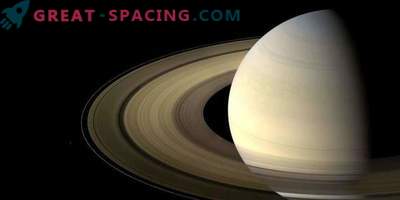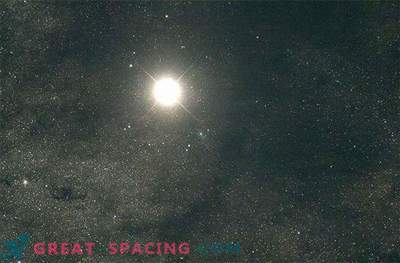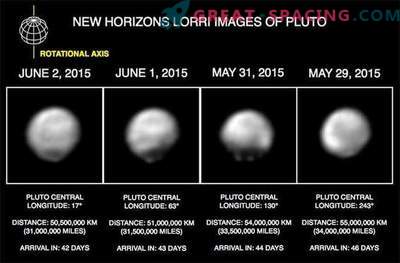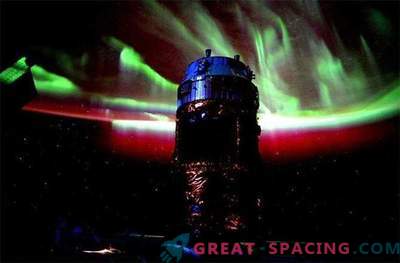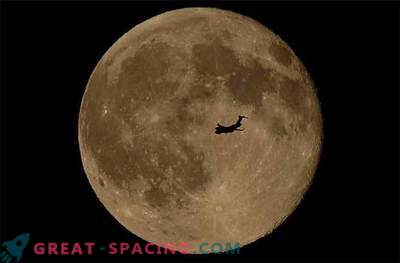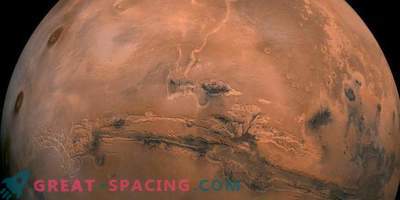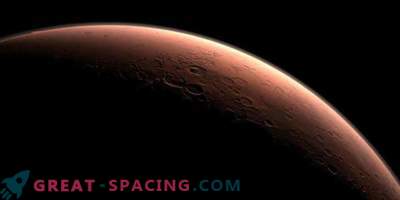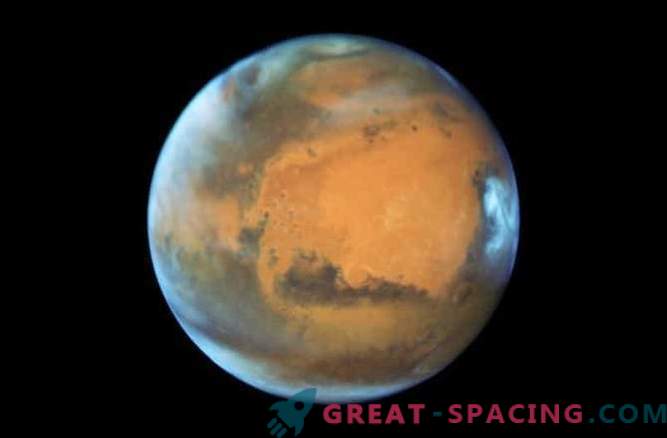
The Hubble Space Telescope monitored the Red Planet for several hours and recorded beautiful details of its mountains, plains, caps and clouds. The opportunity to see in detail these features of Mars appeared due to the current opposition of the planet, when our planetary neighbor is at the nearest point of its orbit to Earth.
Although Mars rotates approximately in a circular orbit around the Sun, it is slightly elongated, which means that the planet periodically moves closer to the Sun and, accordingly, may be slightly closer to the Earth.
The Earth makes a complete revolution around the Sun in 365 days, at the same time the year on Mars lasts as much as 687 Earth days.
The opposition occurs once every 26 months or so, but on May 22 the two planets will be at a distance of 0.503 astronomical units or 46.78 million miles from each other, which has made this opposition the closest in the last 10 years. The closest confrontation in the history of mankind occurred in 2003, when Mars was only 34.65 million miles from Earth.
On the resulting image, we can observe some well-known features, including the Hellas Basin, Huygens and Schiaparelli craters, a crater in the Arabia Terra region and the north polar cap: Of course, this celestial alignment provides a rare opportunity for astronomers on Earth. When Mars is in opposition, we can see that the planet is brighter in the night sky when it is located in the anti-direction of the Sun. Hubble used this opportunity to see the entire front of Mars, which gives us a general idea of the fully lit hemisphere.
On the resulting image, we can observe some well-known features, including the Hellas Basin, Huygens and Schiaparelli craters, a crater in the Arabia Terra region and the north polar cap:
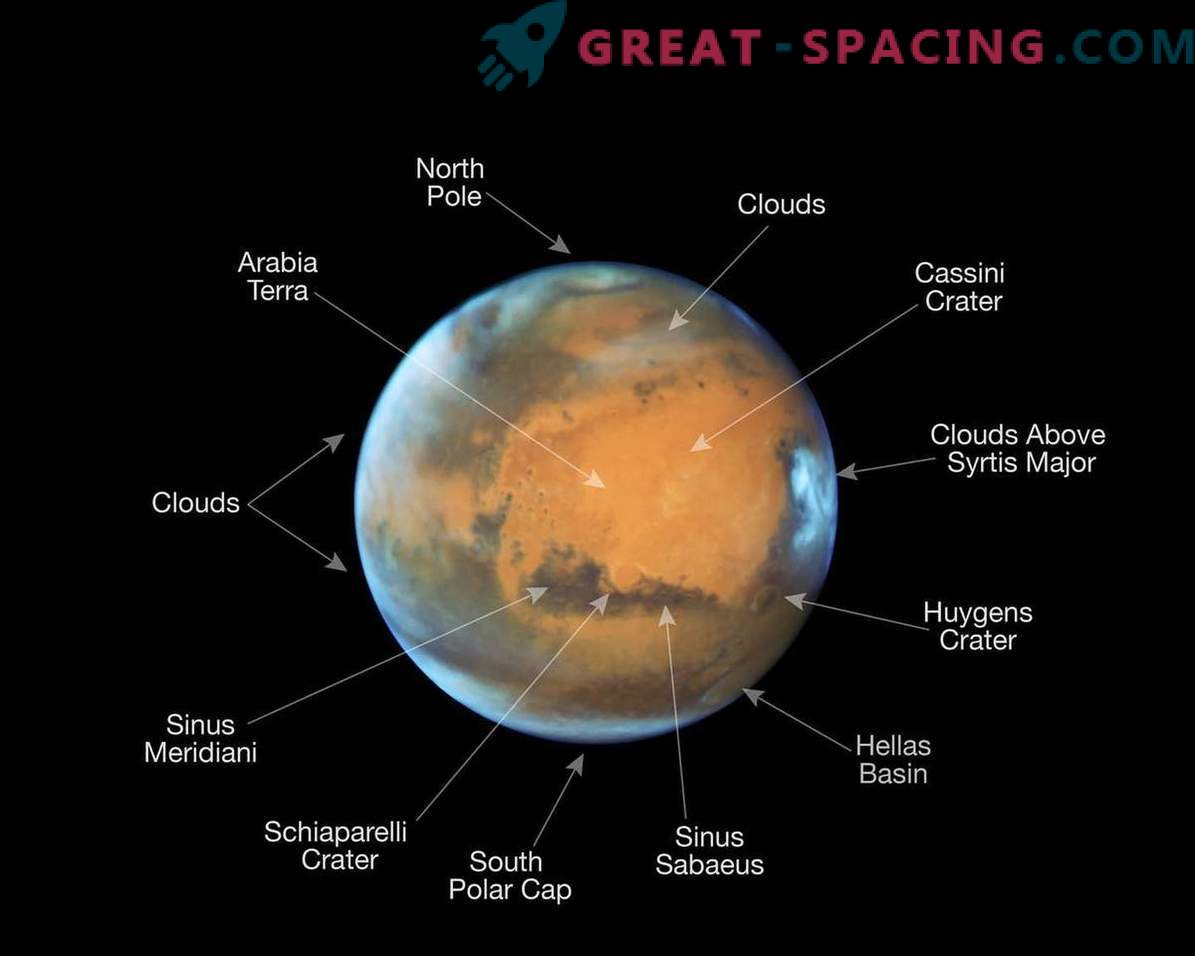
The features of the Martian atmosphere are also obvious. A similar snapshot of global cloudiness can be combined with Hubble's previous observations to understand climate dynamics.
Hubble used his WFC3 wide-angle camera to get this image on May 12th.
Although we are accustomed to seeing the features of the surface of Mars in breathtaking resolutions thanks to orbiting spacecrafts, such as the Mars Reconnaissance Orbiter and the Mars Express, there is something beautiful in astronomical observations made from the orbit of Earth from almost 50 million miles.
